Expressive Art – art that effectively conveys thoughts and feelings
Note: Expressive art is where the process and style of creation is emphasised rather than the final product. Expression in art might be seen in bold colour, or gestural mark-making.
To remember what expressive art is, recall the following mnemonic:
The express checkout gives (expressive) me a quick way to purchase thoughts and feelings.
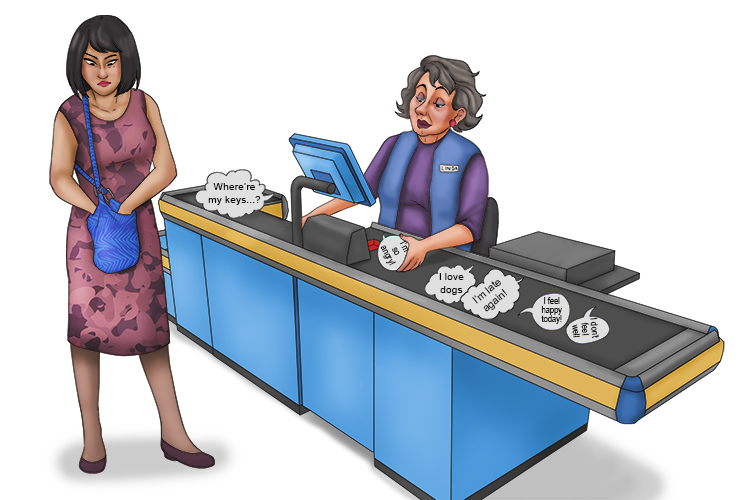
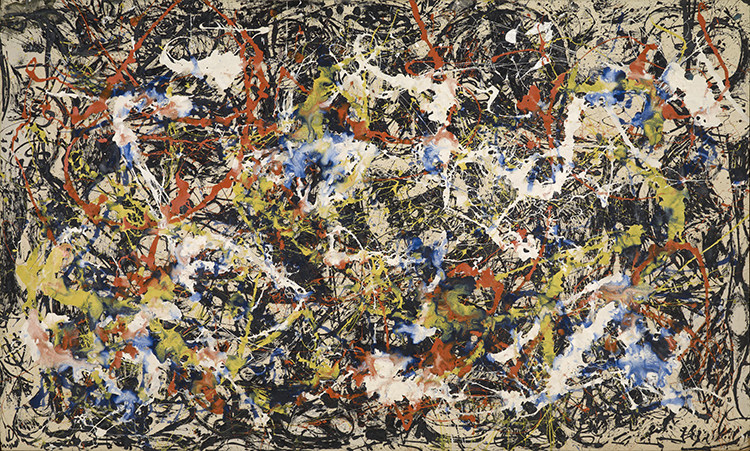
Convergence, 1952
Jackson Pollock once said "When I am in my painting, I'm not aware of what I'm doing. It is only after a sort of "get acquainted" period that I see what I have been about. I have no fear of making changes, destroying the image, etc., because the painting has a life of its own. I try to let it come through. It is only when I lose contact with the painting that the result is a mess. Otherwise there is pure harmony, an easy give and take, and the painting comes out well."
Pollock let pure emotion and feeling take over when he painted, although the emotions were only really important to him. He even went as far as to start numbering rather than naming his pieces so people didn't try to guess meanings in the titles. Those who were lucky enough to witness his technique said that he was almost dancing around the canvas, rather than painting.

André Masson. Automatic Drawing (1924). Ink on paper, 91⁄4 × 81⁄8" (23.5 × 20.6 cm). Museum of Modern Art, New York.
Masson's "automatic drawings" were completed by letting the pen travel across the paper with no preconceived subject in mind. At first glance it looks like just random scribbles, but on closer inspection you can see hints at body parts and figures.
Expressive Art Project
For this project you will need 3 canvases (of any size), paints with a variety of colours, paintbrushes and other objects you could use to apply paint with (squeezy bottles, sticks, etc). You may need to work outside or put plastic sheeting down to protect from splashes.
Each canvas will convey an emotion. You can choose which emotion you want to portray, we're going to use anger, sadness and happiness. Each emotion will be very personal, so there's no wrong way to do it.
For our "anger" piece, we decided to squeeze some black paint onto a sponge and throw it at the canvas to create paint splats. Colour is important for expressing emotion. Black and red are often associated with anger.
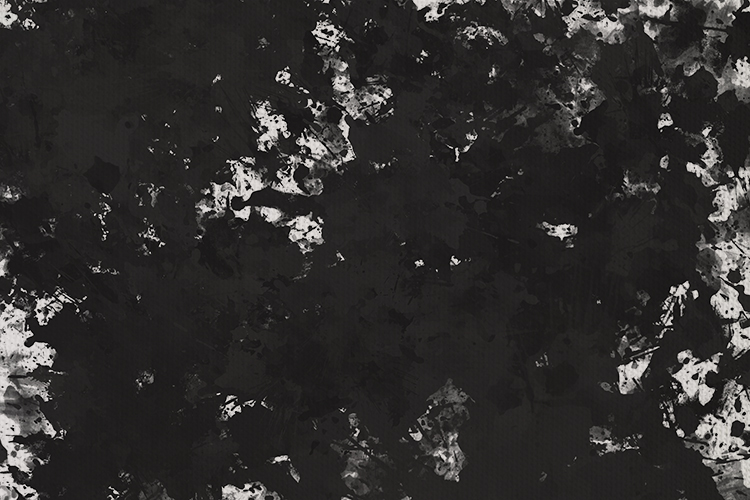
We then did the same with red paint.
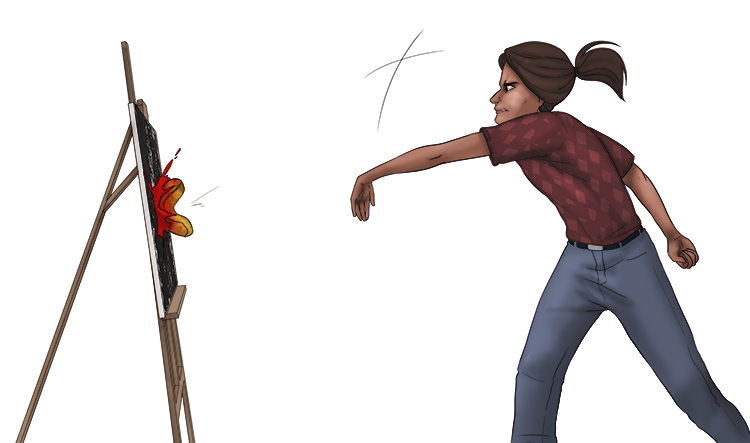
This was the simple but effective result.
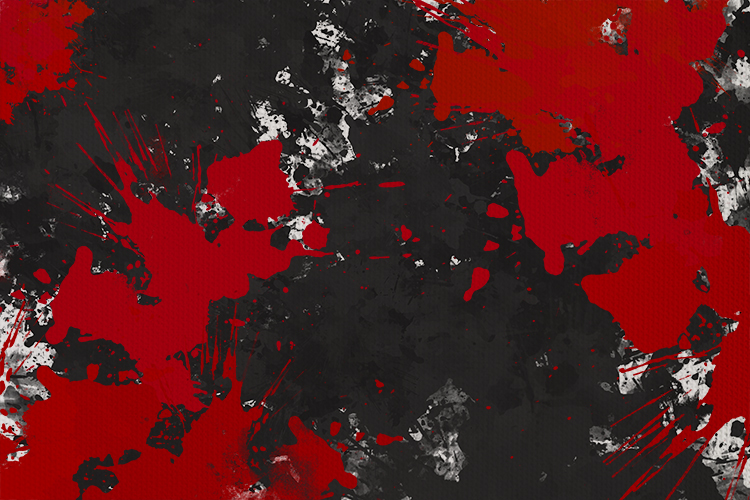
Next, we're going to attempt sadness. Blues and greys are usually associated with sadness, so choose some blue and grey paints. We have sketched an abstract person in paint, looking like they are upset.
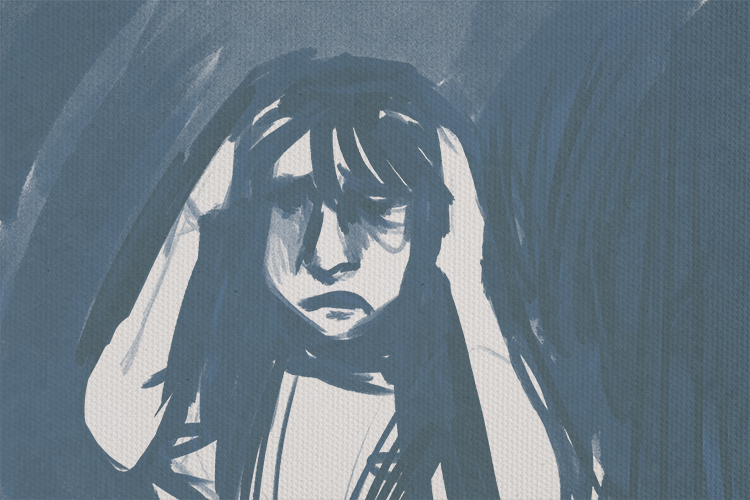
We angled the canvas back slightly and dripped blue paint onto the eyes.

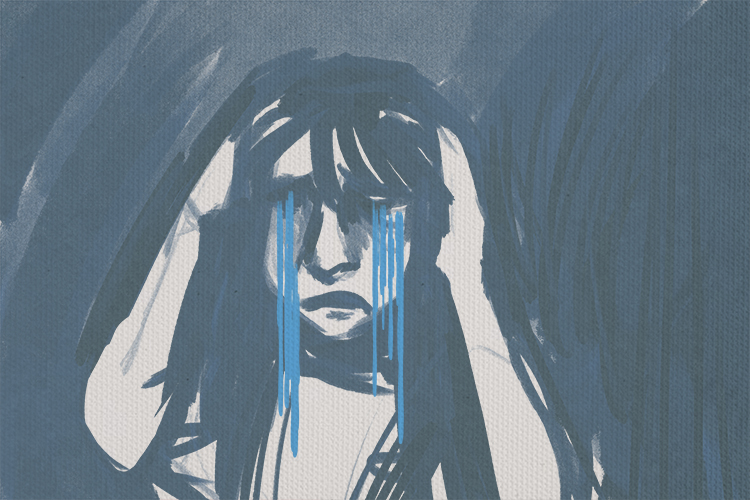
Finally, happiness. Think of something that brings you joy. Yellow is often associated with happiness and joy. As dancing brings a lot of people joy, we are going to use dancing to paint.
Lay a large piece of strong paper on the ground and tape it down. You might need to put tarpaulin down to protect the floor.
You can either wear old shoes or go barefoot. Dip your feet in colourful paint and dance around on the paper!
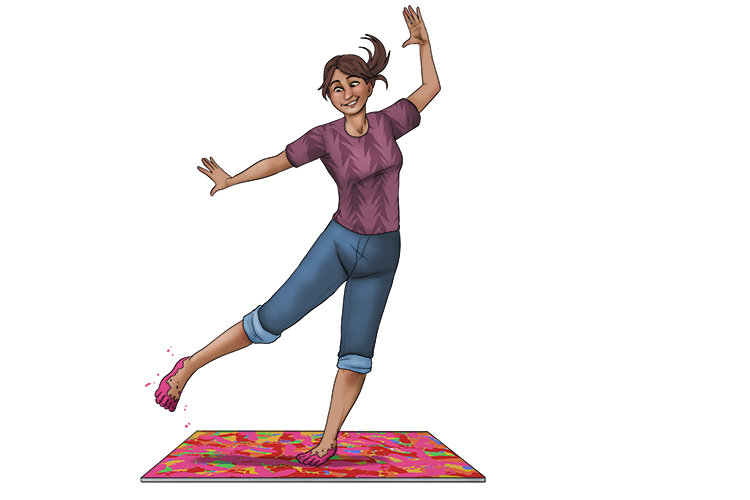
Keep dancing until the canvas is completely covered.
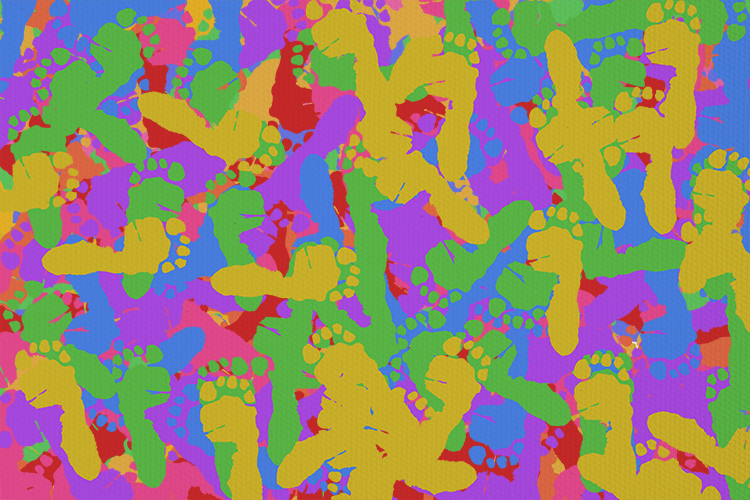
Expressive art.




